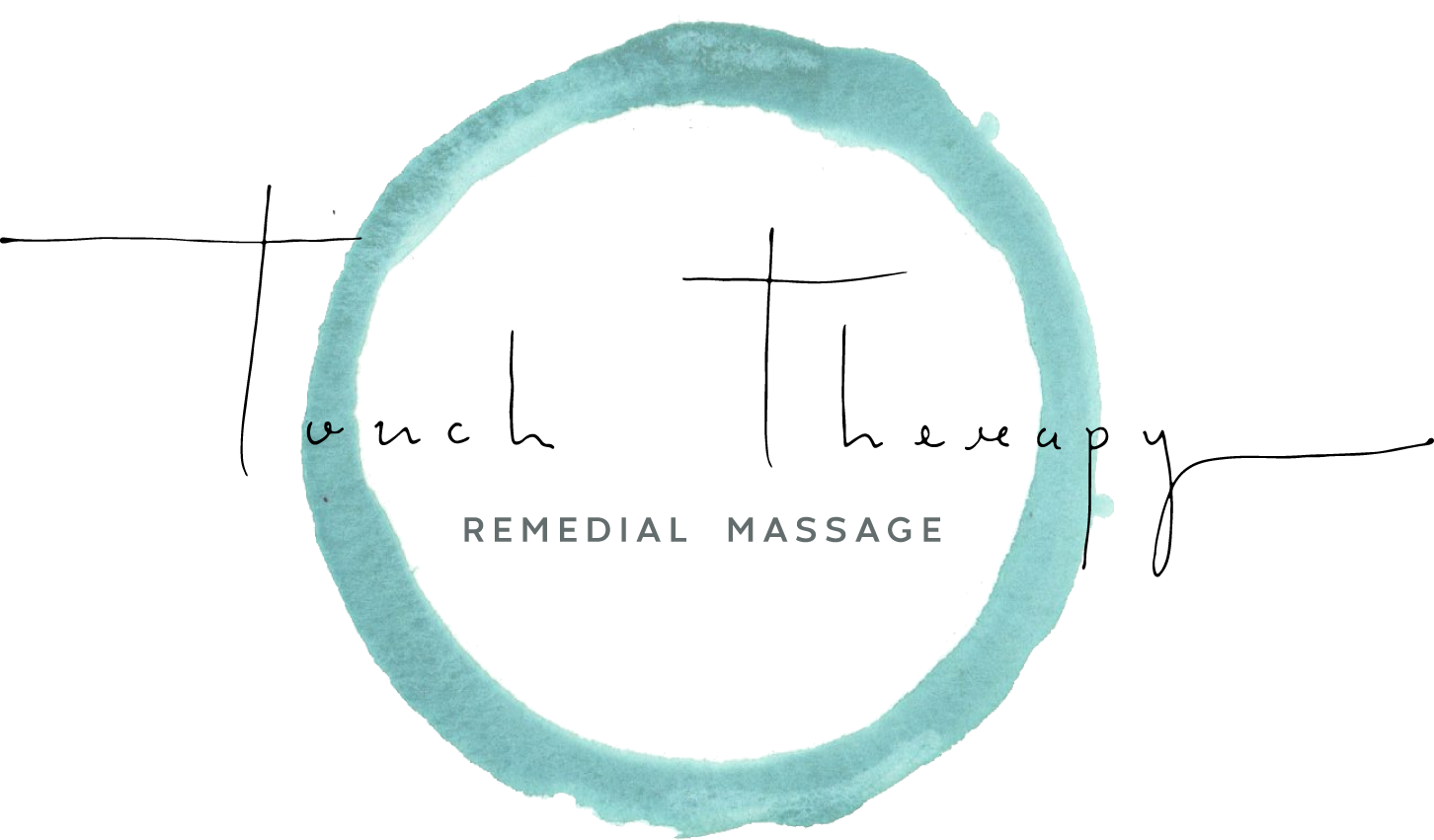I recently spent 12 days in Bali, Balangan and Ubud. The purpose of the trip was to totally unwind. To fill my cup so that I can offer my children and my clients genuine, intentional care. Rest, yoga, massage and food, my mission was a success! Although I have regular massages at home by a number of beautiful therapists, overseas travel is a great opportunity to explore a variety of different massage styles and passively learn a few new techniques whilst taking some good care of myself - so that’s exactly what I did!
8 massages in 12 days. 2 Thai massages, 1 Hot Stone, 1 Bamboo and the rest were varying versions and qualities on the traditional Balinese massage. With my analytical, monkey mind in tow I learnt some lovely additions to my usual neck techniques, beautiful lulling compressions but the most interesting theme that I tuned into was… tempo! The speed at which a technique was applied seemed to make all the difference as to whether I was going to fully relax walking out in a state of bliss or not. But why?
We’ve all had a massage or an experience where we just couldn’t settle. Perhaps it was our first time with a new therapist and we need a little longer to warm to someone, perhaps they didn’t listen to our main reason for needing a massage, perhaps the draping didn’t feel protective and warm, or the therapist didn’t talk at all, or they talked too much, or maybe the therapist didn’t tune into your physical or verbal cues. Of all the things that could leave one unsettled, what I was really tuning into during some of my holiday massages was the tempo.
In my diploma, we learnt that when applying strong pressure, such as deep tissue you need to act more slowly, wait for the tissue to adjust but we didn’t really learn why. Well yes, it hurts less when it’s slower, but why? In my experience of massaging many different body types, conditions, pain thresholds and ages, the vast majority of people relax more quickly and can tolerate greater pressure if the technique is applied more slowly. Firm, slow, and steady. Likely, due to my yoga practice and counselling qualifications, the effects of life on the nervous system are never very far from my mind.
So why is slow so much better for the nervous system and why does that matter? When you’re in the hands of another, your trust in them can be wavering. Your experience in the world is constantly being assessed by your sympathetic nervous system. There is always a baseline of activity happening, a constant gauge checking that we’re safe. That’s its job! When activated, the sympathetic nervous system sets off the fight-flight-freeze response and can literally save your life.
Therefore, in addition to applying a steady and slow tempo, I always take a moment to develop rapport, establish boundaries and expectations, warm the muscle, guide the breath, ask for feedback from the receiver. This way, the client has the opportunity to feel safe and in collaboration of their treatment. And, when we feel safe, the sympathetic nervous system stays de-activated and the parasympathetic nervous system which aids in rest and digestion becomes activated. Importantly, when we relax (or sleep), the body is able to repair and restore good health.
When you receive a massage at Touch Therapy Remedial Massage, I’m not just thinking about your muscular system, I’m thinking about your nervous system because when you leave I want you to feel more at ease body, mind AND spirit.
Peace xx
